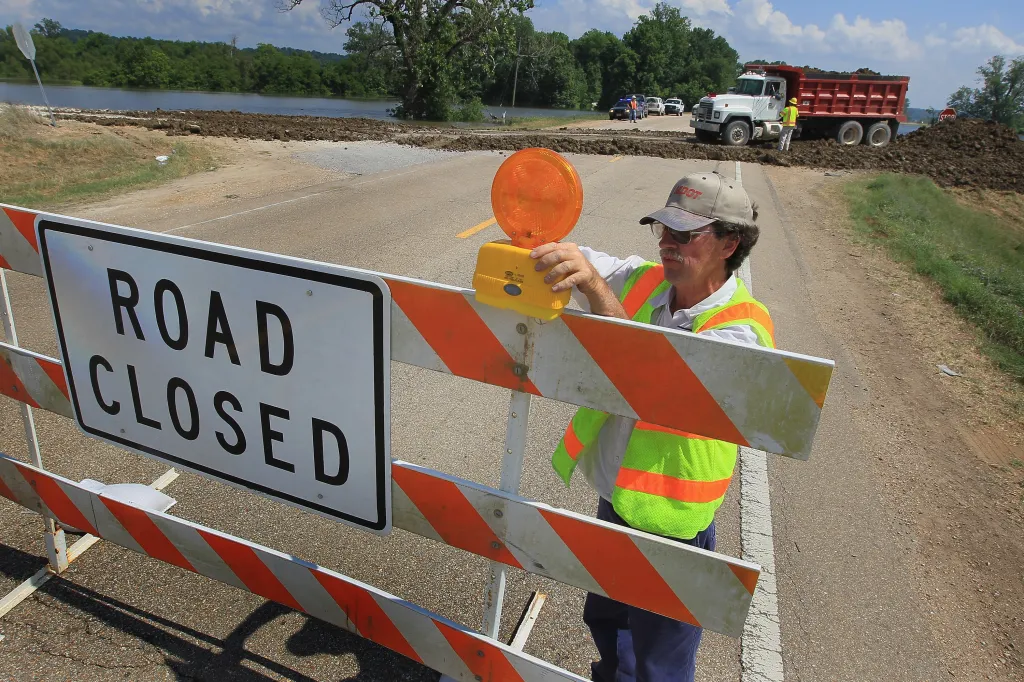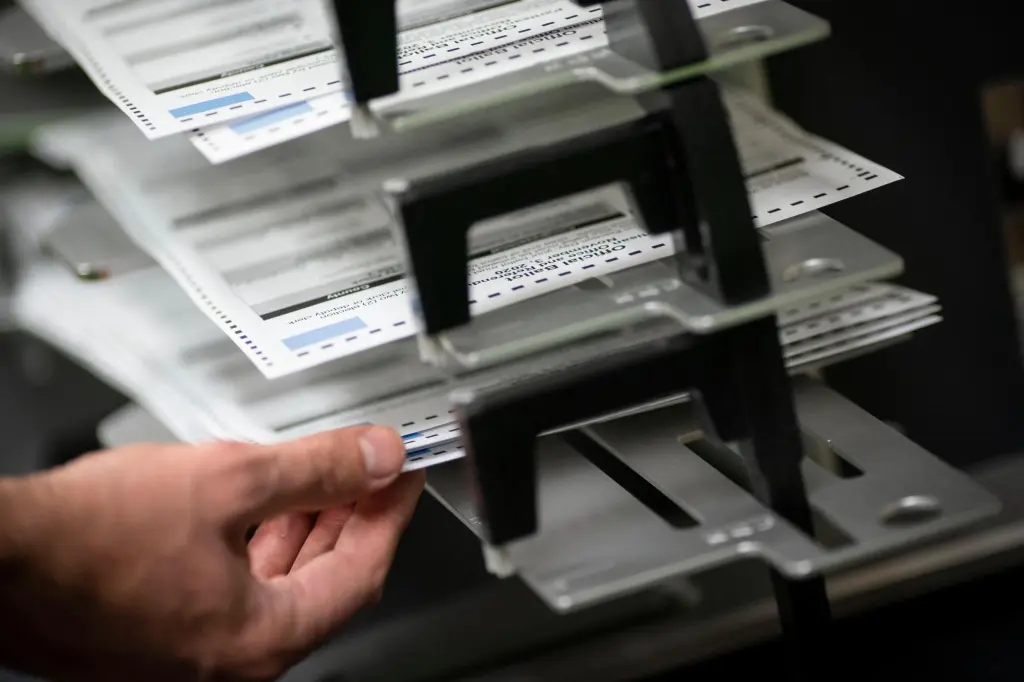Copyright Hartford Courant

Work is scheduled to begin this week to rehabilitate downtown sewers, a system for which the original sewer was built in the 1800s. The initial work, which is the first of three phases of the sewer rehabilitation project, begins on Tuesday Nov. 4 and is expected to last three weeks. Central Row will be closed eastbound during these hours; however, businesses and sidewalks will stay open for pedestrians. Vehicular traffic eastbound on Central Row “will be detoured around the closure during this time period,” according to the MDC. See the detour map. The project is by The Metropolitan District and its contractors, VMS Construction and Insituform Technologies, and all three phases are expected to be completed by next spring. In all, the project is expected to last several months in the downtown Hartford area on Central Row, Market Street and Main Street the next several months could see detours. No sewer service interruptions are expected. The MDC said the “initial phase of rehabilitation work,” on Central Row between Main Street and the Prospect Street intersection, is expected to take about three weeks. Initial work includes “conducting test pits, lining manholes and replacing a portion of the existing sanitary sewer main,” according to the MDC. The Metropolitan District coordinated with the city of Hartford, the Connecticut Department of Transportation and CT Transit for the project. The project will be performed on weekdays from 10 a.m. to 6 p.m. Drivers can expect lane closures and detours during the construction. Normal traffic will return following each construction shift. An electronic message sign will also be on site for drivers, according to the MDC. The second phase of the sewer rehabilitation work will begin early next month on Market Street from Kinsley to State Street, according to the MDC. Phase three will take place on Main Street in front of State House Square south to past the Travelers building. That phase will rehab the sewer pipe with cured in place pipe. Curing takes 16 hours. Work on phase three will last about a week next spring. According to The Metropolitan District, the sewers being investigated and rehabilitated date back to 1865, an era in which sewers were constructed with brick. This sewer rehabilitation program is “an effort to reduce extraneous infiltration of groundwater into the sewer system and extend the longevity of the system.” The Metropolitan District said it uses trenchless technology in which the pipe is cured in place “in which a new pipe is installed within the older failing pipe – if the original pipe remains in good enough condition.” “The liner is then inflated to match diameter and shape of the host pipe, and then ‘cured’ by ways of heat. When cured, this liner becomes a new pipe, similar in characteristics to a segment of plastic pipe. This heat can be applied either from steam or hot water. Once the curing process is complete, existing connections from buildings or catch basins are reinstated by ‘cutting’ the new cured pipe in the location of these connections,” according to The Metropolitan District. The pipe is inspected by robotic cameras prior to attempting to install the pipe that is to be cured in place. If the pipe is failing, and that part of the pipe is excavated, it will be repaired before the curing can be performed. When the method of curing pipe in place is used within the older failing brick sewer pipe, the work is done in a faster timeline, with little or no digging. The pipe is cured in place “is performed by pulling a resin-impregnated felt-type liner through the host pipe.” In the Central Row areas, there will be “excavation for access to CCTV the existing brick sewer under the utility vault to the collapsed sewer under the traffic island,” according to the MDC.



